You could be the strongest, fastest, and most explosive guy out there, but what good is that if you gas out? When you’re tired, you’re not strong, you’re not powerful, and you’re not fast. Being in better shape means you won’t miss those chances to make big plays when it really counts.
As a Strength and Conditioning Coach with over 10 years of experience, I’ve seen first hand how crucial it is to properly train the different energy systems. These systems —Anaerobic-Alactic, Anaerobic-Lactic, and Aerobic—each play a unique role in fueling our movements. In this article, we’ll delve into these energy systems, how to train them, and common mistakes athletes make in their conditioning programs. Additionally, we’ll explore the concepts of anaerobic and aerobic repeat power and their benefits.
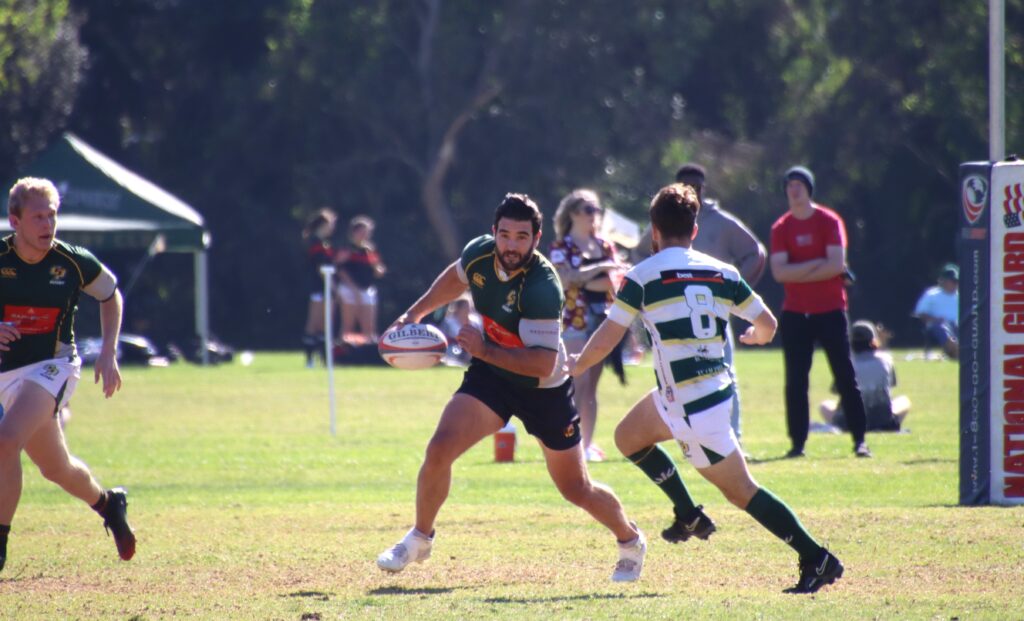
Anaerobic-Alactic System (ATP-PC System)
Overview
The Anaerobic-Alactic system, also known as the ATP-PC system, provides immediate energy for short, high-intensity activities. This system relies on stored ATP and phosphocreatine within the muscles, allowing for quick bursts of energy without producing lactic acid.
Characteristics
- Duration: Up to 10 seconds
- Intensity: High to maximal (90-100% of maximum effort)
- Activities: Sprints, jumps, heavy lifts
Training Recommendations
- Intensity: 90-100% of maximum effort
- Duration: 5-10 seconds of work
- Rest Periods: Full recovery, 2-5 minutes between sets
Workout Examples
- Sprints: 6 x 10-second sprints with 3-minute rest intervals
- Plyometrics: 5 x 5 maximal vertical jumps with 2-minute rest intervals
- Heavy Lifting: 4 x 1-3 reps of deadlifts or squats at 90-100% of 1RM with 3-5 minute rest intervals
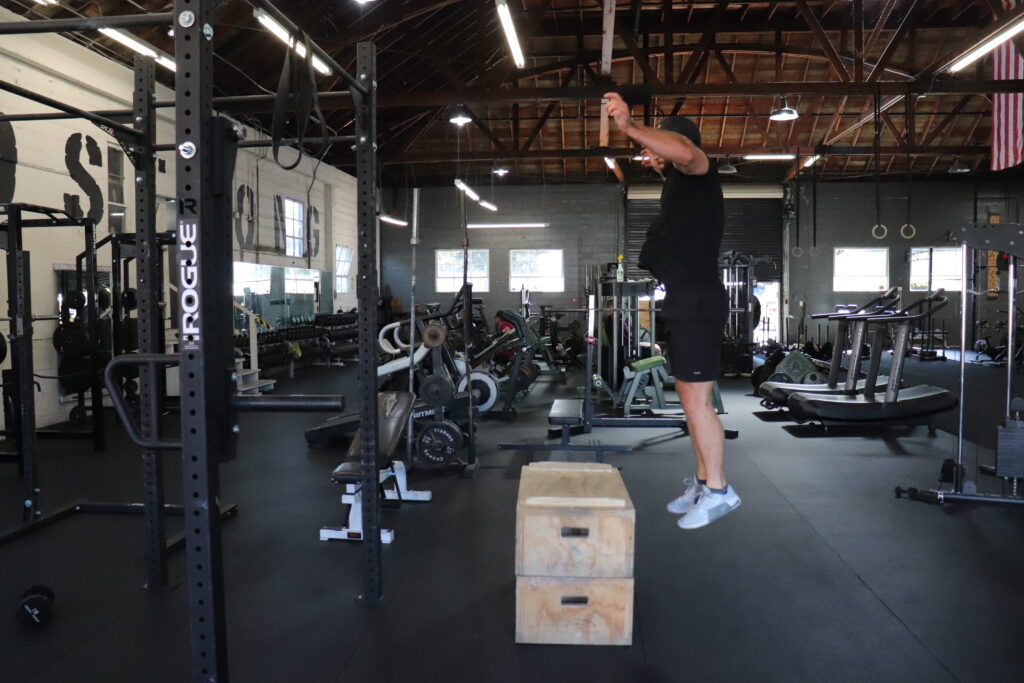
Anaerobic-Lactic System (Glycolytic System)
Overview
The Anaerobic-Lactic system, or Glycolytic system, kicks in for moderate to high-intensity activities lasting from 10 seconds to about 2 minutes. It breaks down carbohydrates to produce ATP, resulting in the production of lactic acid.
Characteristics
- Duration: 10 seconds to 2 minutes
- Intensity: Moderate to high (70-90% of maximum effort)
- Activities: 400m sprint, HIIT, circuit training
Training Recommendations
- Intensity: 70-90% of maximum effort
- Duration: 30 seconds to 2 minutes of work
- Rest Periods: 1-3 minutes between sets
Workout Examples
- HIIT: 8 x 30-second all-out efforts with 90-second rest intervals
- Circuit Training: 4 rounds of 10 burpees, 15 kettlebell swings, and 20 jump squats with 1-2 minute rest between rounds
- Tempo Runs: 6 x 400m runs at 80-85% of max speed with 2-minute rest intervals
Aerobic System
Overview
The Aerobic system dominates during low to moderate-intensity activities lasting more than 2 minutes. It uses oxygen to convert carbohydrates, fats, and sometimes proteins into energy.
Characteristics
- Duration: More than 2 minutes, extending to several hours
- Intensity: Low to moderate (50-70% of maximum effort)
- Activities: Long-distance running, cycling, swimming
Training Recommendations
- Intensity: 50-70% of maximum effort
- Duration: 20 minutes to several hours of continuous activity
- Rest Periods: Minimal, focusing on sustained effort
Workout Examples
- Long Runs: 1-hour run at 60-70% of max heart rate
- Extended Cycling: 90 minutes to 2 hours at a steady pace
- Endurance Swimming: Continuous swim for 45-60 minutes at a moderate effort
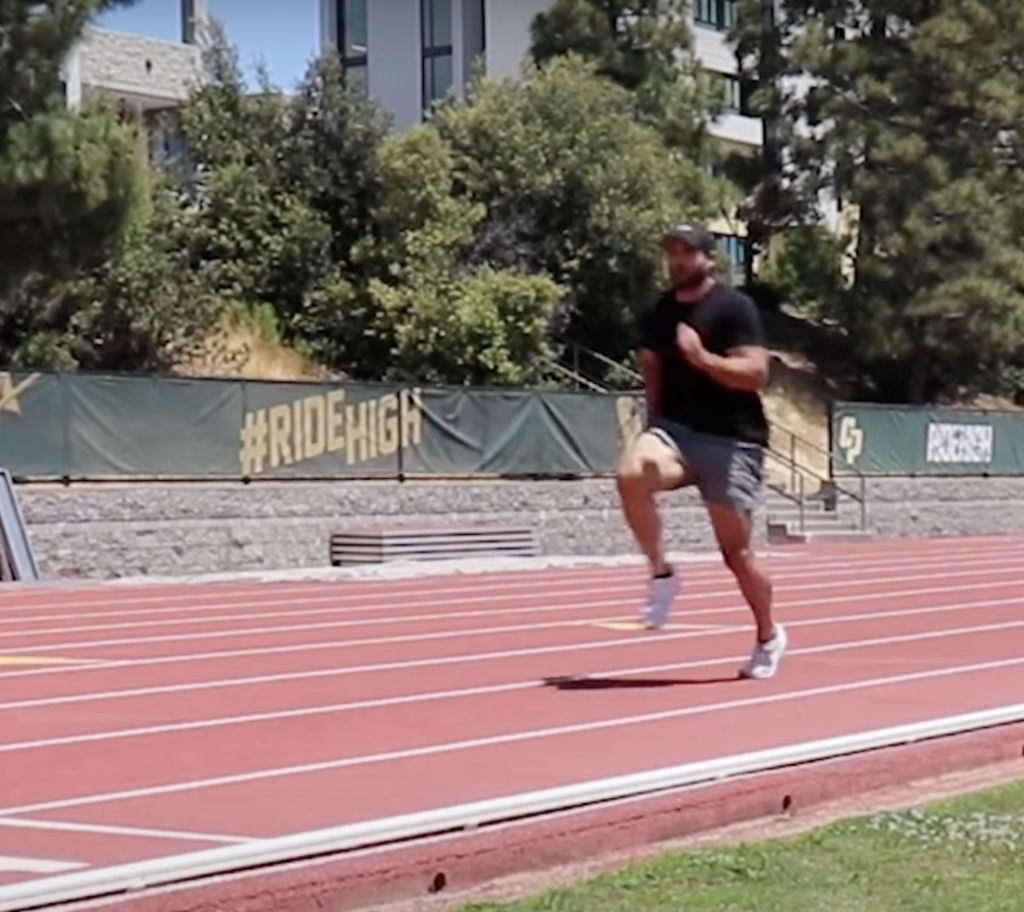
Anaerobic and Aerobic Repeat Power
Anaerobic repeat power refers to the ability to perform high-intensity efforts repeatedly with minimal decline in performance. This quality is critical in sports that require repeated sprints, jumps, or explosive actions. Training anaerobic repeat power involves short bursts of maximal effort followed by incomplete recovery, challenging the body’s ability to regenerate ATP quickly.
Aerobic repeat power focuses on the ability to sustain moderate to high-intensity efforts repeatedly over an extended period. This type of conditioning is essential for sports that require continuous, prolonged exertion with periodic bursts of higher intensity.
Benefits of Anaerobic and Aerobic Repeat Power Training
- Improved High-Intensity Endurance: Enhances the athlete’s ability to sustain repeated high-intensity efforts.
- Example: A basketball player can perform repeated sprints up and down the court without significant performance drop-off.
- Enhanced Recovery Between Efforts: Improves the efficiency of energy system recovery between high-intensity bouts.
- Example: A soccer player can recover faster after a sprint, maintaining performance throughout the match.
- Increased Lactate Threshold: Increases the ability to tolerate and clear lactic acid, delaying fatigue.
- Example: A middle-distance runner can sustain a faster pace without succumbing to fatigue.
- Optimized Energy Utilization: Improves the body’s ability to switch between energy systems efficiently, utilizing both anaerobic and aerobic pathways.
- Example: A tennis player can manage intense rallies and recover quickly during breaks.

Common Mistakes in Conditioning for Athletes
- Neglecting Energy System Specificity: Athletes often fail to train each energy system specifically. For example, a sprinter focusing solely on long-distance runs or an endurance athlete doing only high-intensity sprints can lead to suboptimal performance.
- Overtraining the Anaerobic Systems: Emphasizing high-intensity training without a sufficient aerobic base can result in early fatigue and inadequate recovery.
- Inadequate Recovery: Proper rest periods between high-intensity efforts are crucial. Insufficient recovery can lead to incomplete replenishment of energy stores, reducing the quality of subsequent efforts and increasing the risk of injury.
- Ignoring Periodization: Failing to periodize training can result in burnout or plateauing. Structured variation in training intensity and volume is essential for peak performance.
Practical Programming Recommendations for Conditioning
To condition athletes effectively, integrate all four energy systems and focus on repeat power into a balanced conditioning workout for athletes. Here’s a sample weekly plan:
Monday:
- Anaerobic-Alactic System: Sprint intervals (6 x 10 seconds with 3-minute rest)
Tuesday:
- Anaerobic-Lactic System: HIIT session (8 x 30 seconds with 90-second rest)
Wednesday:
- Aerobic System: Long run (1 hour at 60-70% max heart rate)
Thursday:
- Rest/Recovery Day: Light activity or rest
Friday:
- Anaerobic-Lactic System: Circuit training (4 rounds with 1-2 minute rest)
Saturday:
- Aerobic System: Extended cycling (90 minutes at a steady pace)
Sunday:
- Rest/Recovery Day: Light activity or rest
Additional Tips
- Ensure adequate recovery between high-intensity sessions.
- Adjust the intensity and volume based on the athlete’s training phase (pre-season, in-season, off-season).
- Periodize training to peak at the right times, incorporating rest and tapering as needed.
By understanding and targeting the different energy systems, along with focusing on anaerobic and aerobic repeat power, athletes can create a well-rounded conditioning workout for athletes that enhances overall performance. Avoiding common mistakes and properly structuring training sessions will help athletes reach their peak potential, ensuring they are strong, fast, and enduring.
For more tips and personalized training plans, feel free to reach out or follow my blog for the latest insights on conditioning workouts for athletes.
Stay strong and keep pushing your limits!
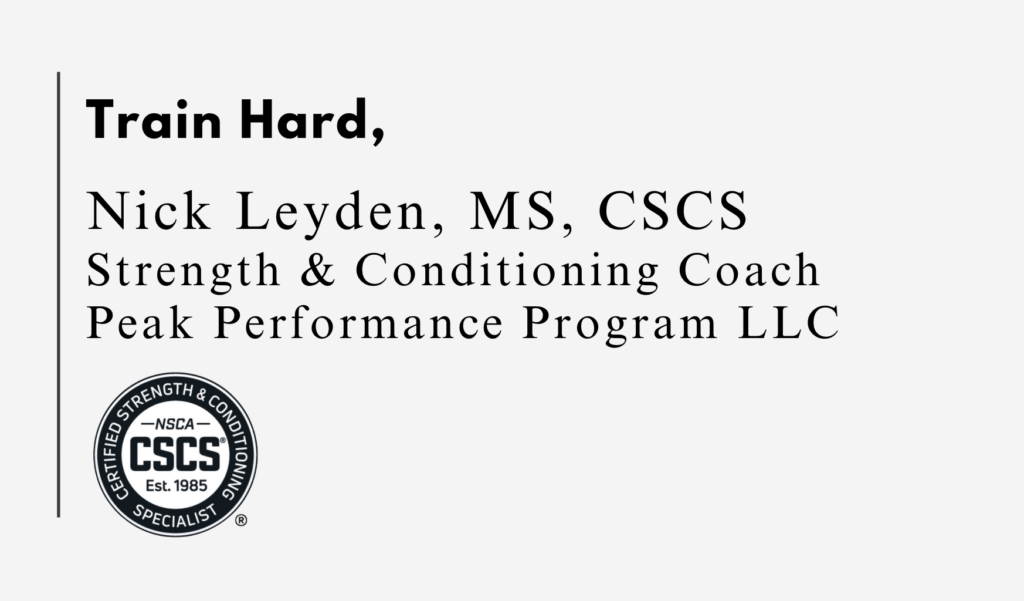
Join the Peak Performance Program (click here)
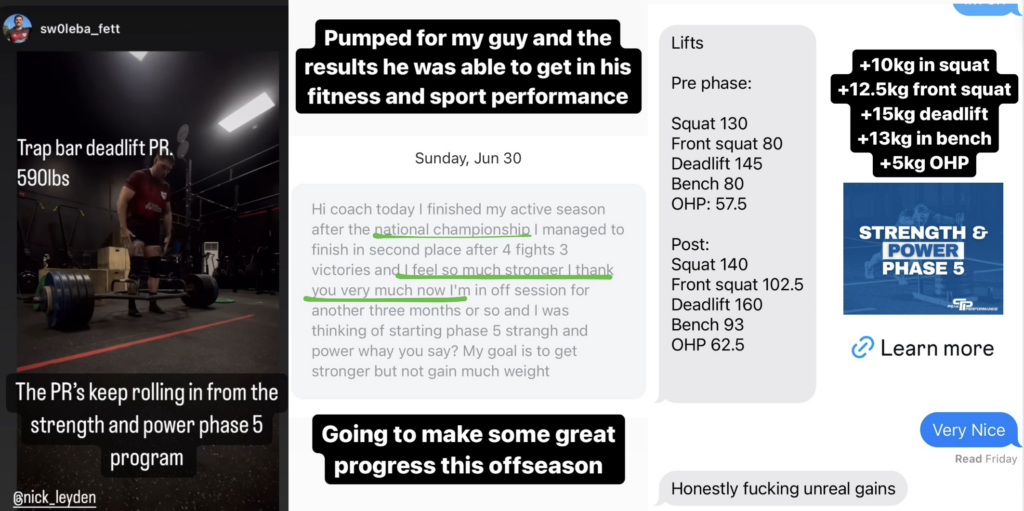
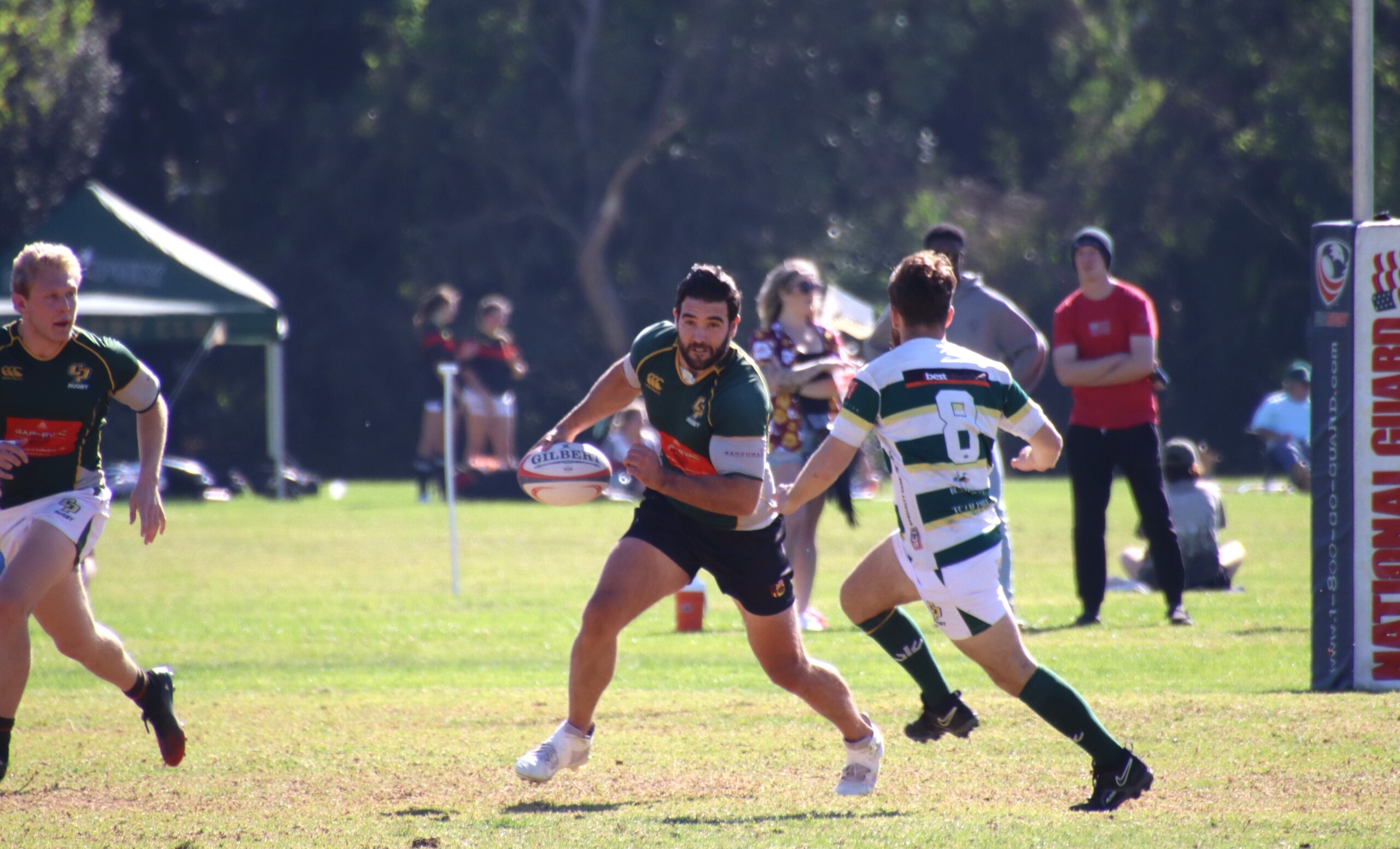
Be The First To Comment